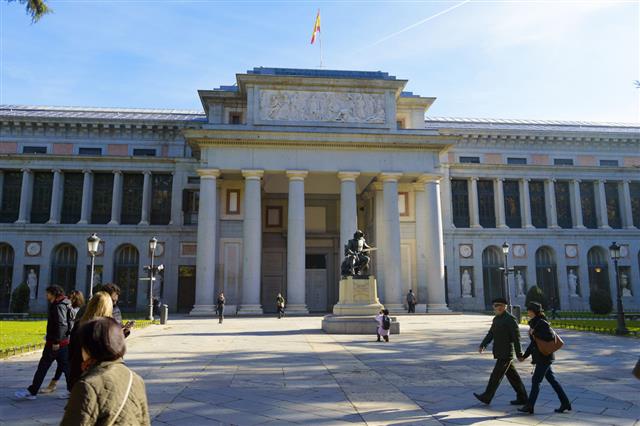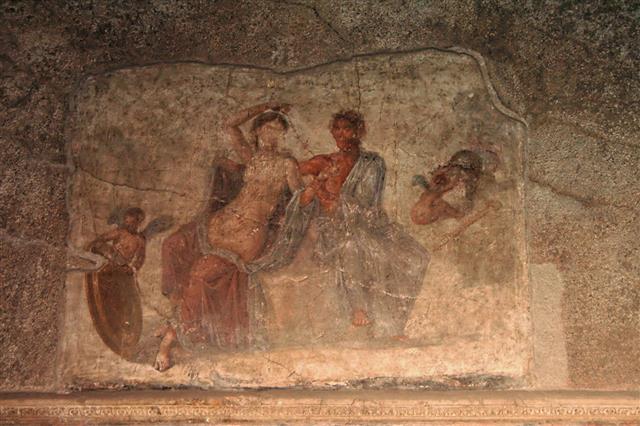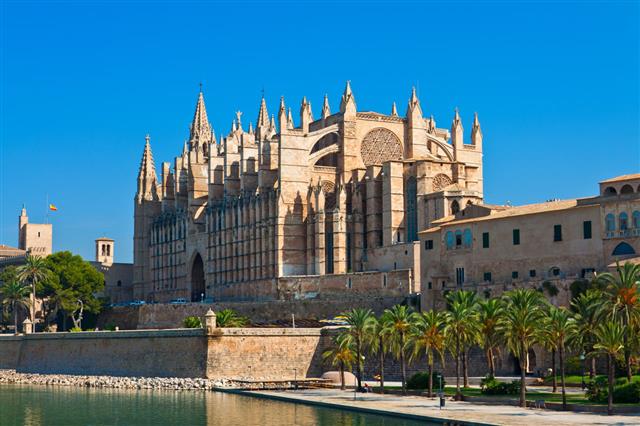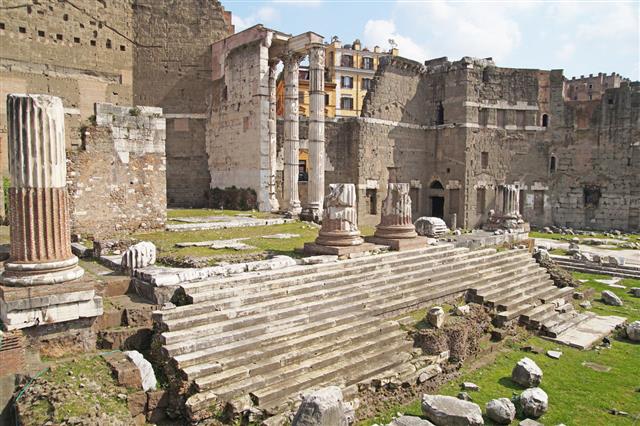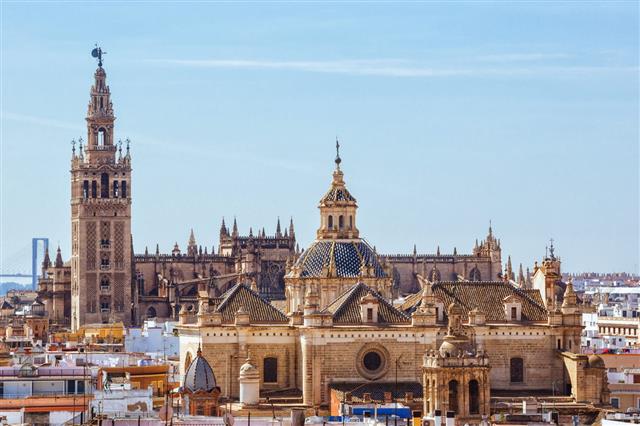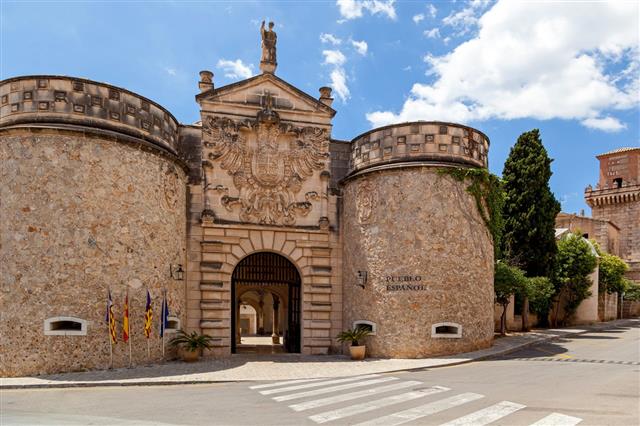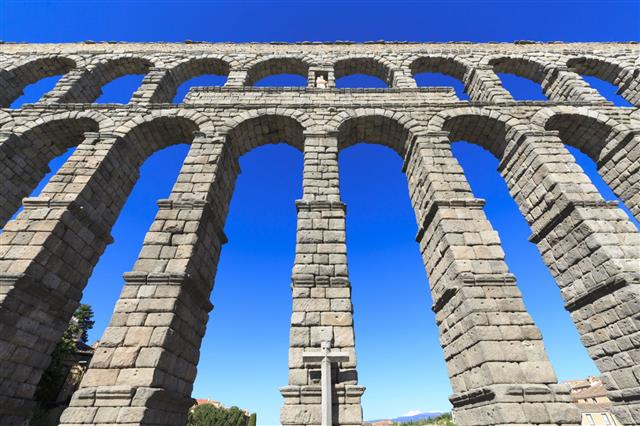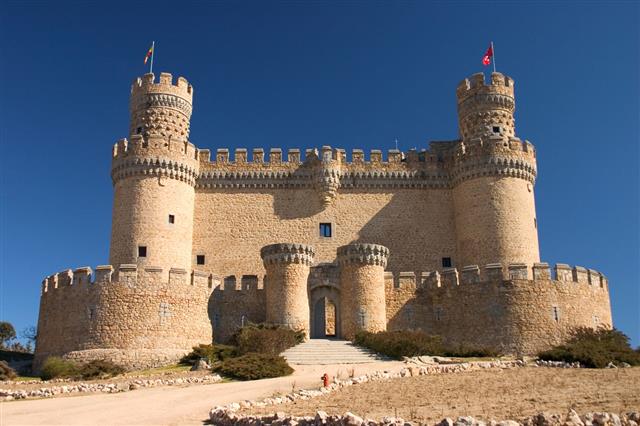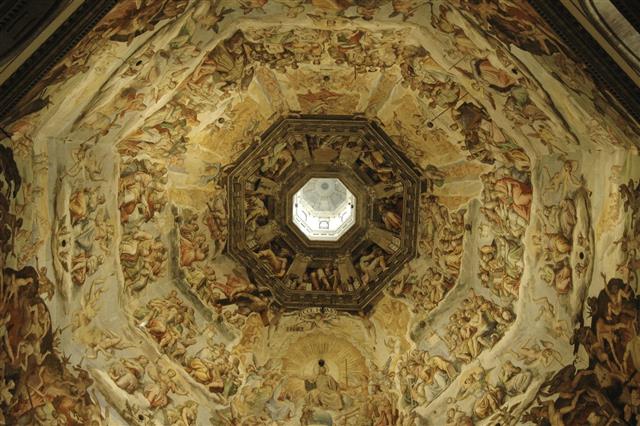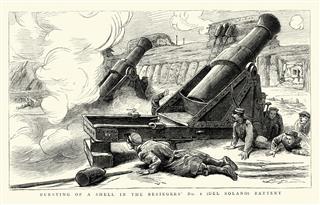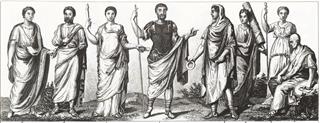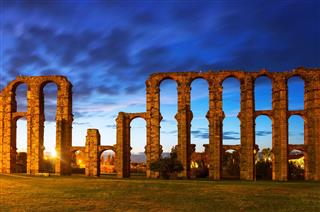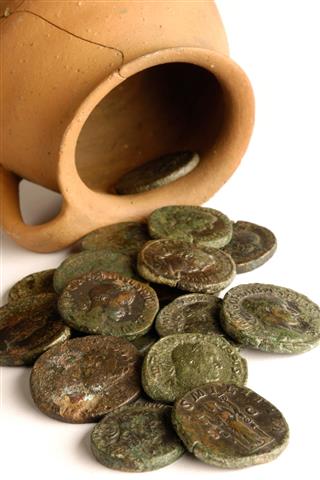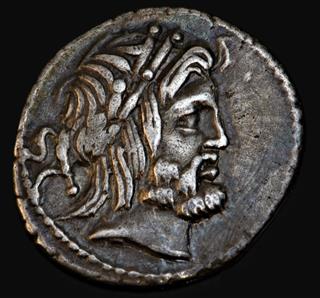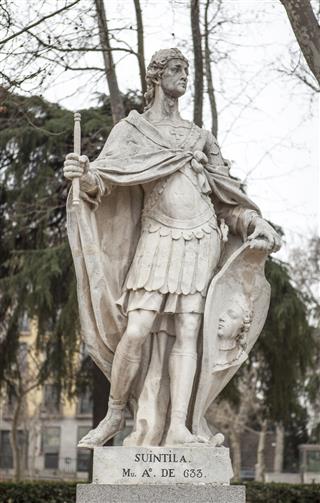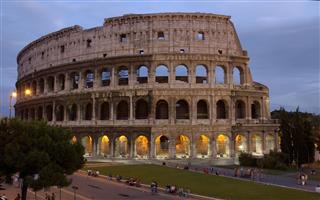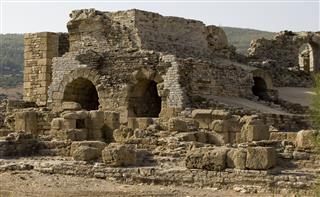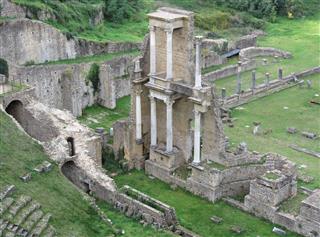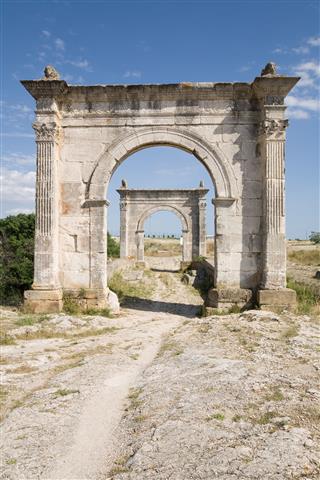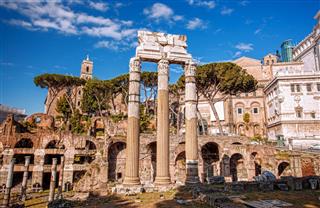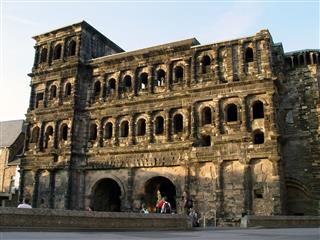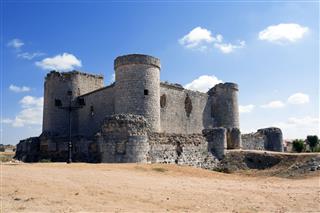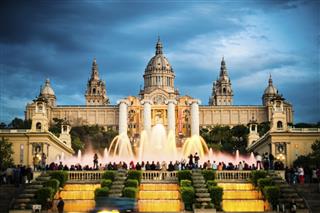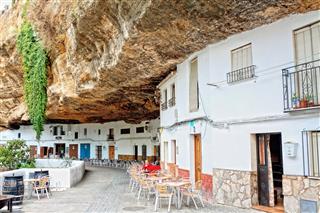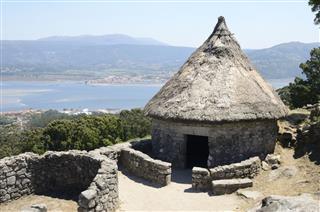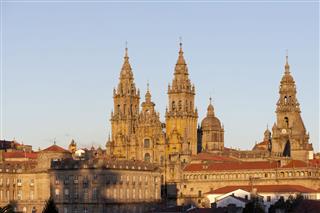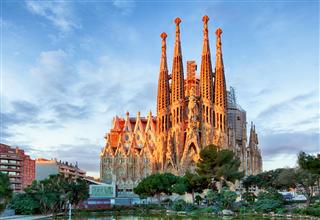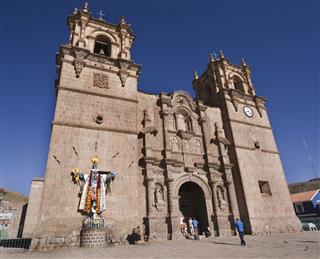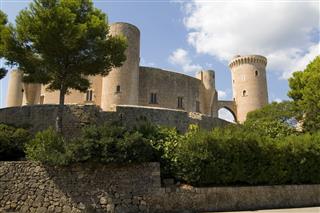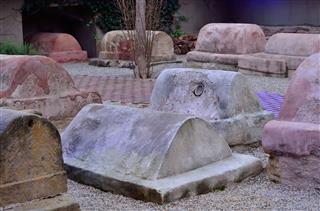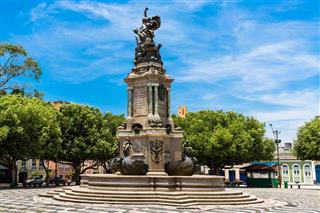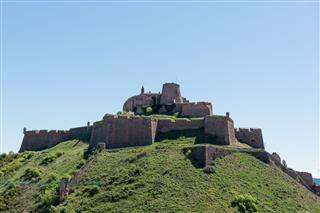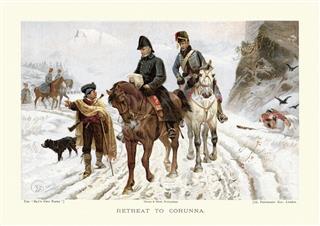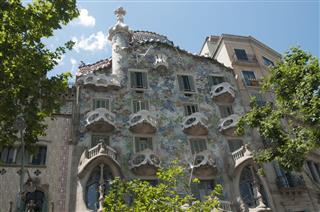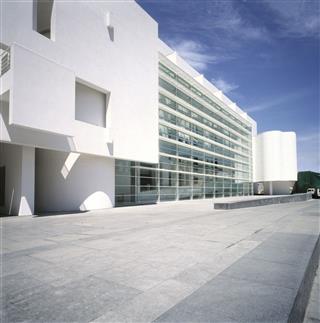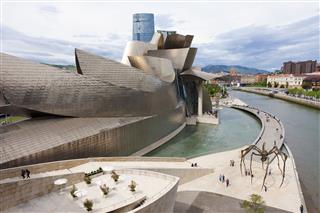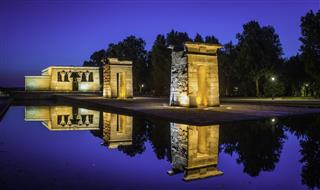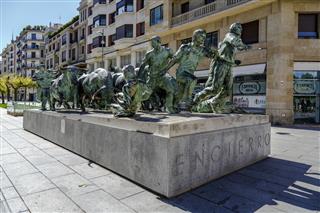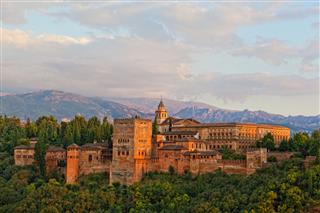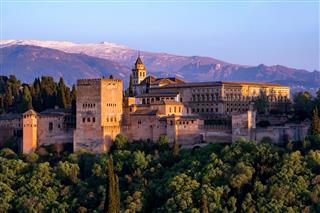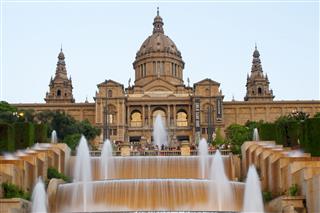
Spain is known to have a combination of historic beauty and modern thinking. The culture and tradition of this beautiful country is rich, colorful, and unique. The lifestyle of the people and the natural beauty attracts many tourists. Approximately 50 million people visit Spain each year, making it one of the top 5 tourist destinations in the world.
Did You Know?
With monuments like the Tower of Hercules, the Royal Monastery of Santa María de Guadalupe, the Roman Walls of Lugo and many more, Spain has the second highest UNESCO World Heritage Sites in the world (a total of 44), with 39 being only cultural sites!
Spain is among the few countries that has a long history of invasions and invaders. This, summed up with the geographic location, have together resulted in the formation of a very unique, yet rich and diverse culture. Learning more about the history, culture and people of Spain will surely make you want to say ‘Me encanta España!’ which means or translates to ‘Spain enchants me!’.
Reino de España: The Kingdom of Spain (Timeline)
Pre-Roman Era
Spain was initially inhabited by Iberians and Celts (groups of tribal societies). Artifacts of these settlements are found in the Altamira cave, in the form of paintings. The Carthaginians later invaded these settlements and started trading colonies.
Constructs by Romans
The Roman Empire captured the Carthaginian trading colonies roughly around 210 BC to 205 BC. Christianity was introduced in Spain during this era. Most of Spain’s present religion, language, and law originate from this period. Agricultural production was started under the Roman rule, markets were introduced and export of goods was initiated. Later, the Roman Empire was overthrown by the Gothic tribes.
Muslim Rule
Spain faced Muslim domination after the Muslims defeated the Gothic tribes and took over their establishments. The Muslim period lasted for more than 700 years.
Fall of Muslim Rule
After losing most of their territory, the Muslims were finally defeated in 1492 by Lady Isabel of Castile and Lord Ferdinand of Aragon. The couple then united the whole country under one crown. The same year Christopher Columbus discovered America.
The Golden Age
This Era was called the Golden age mainly due to the gold and silver brought in from the newly discovered continents. Under the Spanish emperor Charles I, the Spanish, German, and Austrian kingdoms were united. However, this splendid period of the Spanish history lasted only for 50 years; with wars and internal conflicts undermining the Spanish influence.
Napoleon’s Rule
After the French Revolution, Napoleon defeated the Spanish army and ruled the empire from 1808 to 1815. After Spain regained its empire, internal conflicts and economic recession led to the loss of many Spanish colonies in America.
Civil War
The increasing conflicts between the Republican Government and the Nationalist opposition led to the Spanish Civil War, which lasted from 1936 to 1939. The Nationalists, led by General Franco, succeeded against the Republicans.
Post Franco and Present
Spain was under the Franco dictatorship till 1975. After his death, Juan Carlos de Borbon was proclaimed king. The Spanish Constitution of 1978 was approved and democracy was restored. In 1982, the Socialist Party (PSOE) won the elections after the referendum. Today, Spain is a constitutional monarchy. King Felipe VI is the current monarch and the Head of State.
People and Culture of Spain
Los Españoles: The People of Spain
Spain has an estimated population of 46,775,000. It is a Christian nation wherein around 77% of the population is part of the Catholic Church, while 20.0% are non-believers or atheists, and 2.1% follow other religions that include Judaism, Hinduism, Islam, and Buddhism. Immigrants from other European countries like Romania, Morocco, Germany, and Britain are large in number. Other immigrants that form a considerable population are Chinese, Indian, and those from several sub-Saharan African countries.
Festivales de España: Celebrations and Festivals
Fiestas and festivals are a very important part of Spanish culture and they greatly influence the social life of the locals. There are more than 3,000 festivals, fiestas, and fêtes that are celebrated every year. The Spaniards are fun-loving people and are accustomed to these fests. Almost every town and village has its own annual fair that lasts anywhere from a few days to a few weeks. Village festivals involve the locals going on a pilgrimage to a certain shrine either in horse-drawn wagons or on horseback. Foreigners are always welcomed to join in the fun and laughter.
Spanish Carnivals
The first national celebration in the month of February is the ‘Martes de Carnaval’ (The Mardi Gras of Spain). Holy Week is another famous festival and attracts tourists from all over the world. Other famous festivals include the Corpus Christi, the Feast Day of Spain’s patron saint, and the Assumption of the Virgin (la Asunción). There are many local fiestas for safe return of fishermen from the sea, deliverance from the Moors, and the harvests.
Corrida de Toros
This is probably the most popular of all Spanish traditions, reflecting the great influence that other cultures and races had on this beautiful country. Brought into the Iberian Peninsula by the Greeks and Phoenicians, bullfighting is a sport that evolved over the centuries and has been adopted into the Spanish culture. Originally, the sport involved men riding horses and fighting raging bulls, but it eventually changed to men or matadors, fighting bulls without the aid of horses. Today, bullfighting is seen more as a ritualistic event, than a sport.
The Tomato Fest
Another interesting festival in Spain is ‘La Tomatina’. People gather in the town of Buñol and are ready to throw more than 240,000 pounds of tomatoes on one another in the ‘World’s Biggest Food Fight’. It’s celebrated on the last Wednesday of August. This is one ‘Ketchup Party’ you don’t want to miss. The ‘Tamborrada de San Sebastián’ (The San Sebastián Drum Festival) is another delightful festival. It’s a drummer parade through the city of San
Sebastián on the night of the first day of every year. This festival ends the next morning with the ‘Tamborrada Infantil’ (Child Drummer’s Ceremony).
Interesting and Colorful Spanish Traditions and Festivals
-Fiestas de la Vendimia Riojana (La Rioja Wine Festival)
-Fiestas Patronales de La Virgen de Gracia (in honor of La Virgen de Gracia)
-Fiesta de Verano (People wear traditional Spanish costumes and dance to ‘sevillanas’ and ‘malaguenas’)
-El Cosos (Local fiesta of Felanitx)
-Fiestas de Haro (Celebrated on the day of San Pedro)
From costumes and processions, to music, dancing, and feasting, you can see why Spain’s culture is considered to be the most colorful. Larger festivals include flamenco, bullfights, circuses, fun-fairs, fireworks, concerts, music competitions, and recitals. The most famous, however, would have to be the Running of the Bulls in Pamplona, which takes place during the ‘Fiesta de San Fermin’.
Dancing the Flamenco Way
Spanish culture is also closely linked to the famous Flamenco genre in Spanish songs, music, and dance. This passionate dance, along with the music, first originated in Andalusia (south Spain) and was primitively considered to be a gypsy dance. It is a flamboyant dance that is accompanied with the soulful tunes of the guitar and a cante (flamenco song), which is the soul of this dance. In its authentic form, it is one of the best classical cultural contributions that Spain has to offer. Like bullfighting, Flamenco has also been referred to by many as the ‘Soul of Spain’, and is a large part of the country’s traditions and culture. Its songs of lament, bitter romance, and oppressions have a chilling effect on most people. Artists that have had a great impact on this beautiful form of dance include Diego Velasquez, El Greco, Salvador Dali, and even Pablo Picasso.
The Spanish tourism industry has used this beautiful art to its advantage, and you can see Flamenco being performed in many commercial tourist shows, that are greatly advertised as being ‘original Flamenco fests’, but are in fact a weak imitation of the real form. Real and true Flamenco is said to evoke the qualities of the demon or spirits that possess the performers, containing a sort of ecstatic yet primitive allure that welcomes all listeners. The best chance of experiencing the real, authentic thing is probably at one of the summer festivals that are held yearly in Granada, Cadiz, Malaga, Jerez and Seville, or even during the fiestas and festivals in the small villages that are off the tourist maps.
Clothing in Spain: Then and Now
Just like everything else, the rich cultural history of Spain has influenced its clothing as well. While traditional Spanish clothing always involved embroidery, the Moors were responsible for introducing jewelry. Traditional attire for men includes a wide-brimmed hat, black trousers tightly worn and short jackets, while the ladies wear an exquisite frilly flamenco dress. Though most of this clothing is now absent from the culture, its presence is felt during the festivals. The Gilet happens to have evolved from its 19th century waistcoat-like look, to a more contemporary coat or jacket. The Mantilla (basically a scarf), is still worn by many brides, and held by what we call a peineta. Even today, it is said that not all Spaniards follow the contemporary trends and prefer their old clothing to the new. However, in metropolitan areas, designer brands are held in high regard and women are comfortable with global fashion, highly opting for clothing such as trousers and skirts.
Castilian: The Language of Spain
On emerging as a global empire, Spain played an important role in popularizing Spanish all around the world (the empire included territories and colonies in Europe, Africa, the Americas, and Asia). This has left a legacy of over 500 million Spanish speakers in the world, making it the world’s second most spoken language. However, the constitution of Spain recognizes Spanish as Castilian (castellano). It is the official language of the country, and it is the right and duty of every Spaniard to know it.
Arte Espanol: Art in Spain
The paintings and sculptures in Spain are famous all over the world. Some Spanish artists and sculptors like Pablo Picasso and Salvador Dali have left their mark in the field of art. They are among the most innovative artists in the world. With famous masterpieces such as his Guernica painting, Picasso’s work along with those of other famous Spanish painters are highly regarded and valued by art galleries around the world. Names of renowned Spanish sculptors include Mariano Benlliure, Vasco de la Zarza, Juan Bautista Monegro, and Alonso Berruguete. Spain has more than 800 museums and important collectors’ items, specially in Barcelona and Madrid. Over the years, there has been a tremendous explosion in the number of art galleries in the country, especially those related to contemporary art.
Architecture Influenced by the World
As a result of invasions and geographical diversity, the architecture of Spain has had a great influence from other cultures. Some of the major influences on the architecture of Spain are from the Greeks, Romans, Muslims, North Africans, and Phoenicians.
The Romans have left some of the most outstanding architecture in Spain. The Muslim dynasty and the Christian kingdoms have resulted in the diversity of style of architecture in southern Spain. An example of this is Cordova, a city in Andalusia, southern Spain. Spain also saw the growth of Renaissance architecture. Oviedo and the kingdom of the Asturias, Burgos Cathedral, Santiago de Compostela, Works of Antoni Gaudí, and the historic city of Toledo are some of the places that are known for their beautiful architecture. Spain has 44 World Heritage Sites as recognized by UNESCO.
Cocina Española
Spanish cuisine is a heavenly mixture of chicken, mixed vegetables, and meats, along with fish and many different spices. This cuisine is relatively non-spicy. Spanish food offers some of the most mouth-watering and delicious dishes ever to be set on a dinner table. Some of the more popular Spanish dishes include Paella, which is a rice dish that features a variety of ingredients. Also famous, are the mariscos or shellfish, and the potajes and pimientos rellenos. Hot chocolate and churros is a very popular dessert throughout the country. Spain is also famous for its aromatic wines; the drinking age in the country is 18. Other alcoholic beverages are Sangria, Cava, and authentic Spanish beer. Spanish people are very fond of food, and a famous saying in Spanish goes – ‘Barriga llena, corazón contento!’ that translates to ‘A full belly and a happy heart!’.
Spanish Sports
Soccer or football is the national sport of the country and is easily one of the most important events when it comes to popularity, as well as participation. The football fans are among the most fervent and dedicated in all Europe and can only be matched in their fanaticism by probably the Italians. Spain’s national team is currently ranked number 3 in the world. They won the 2010 World Cup and the Euro 2012. The Spanish league, La Liga is one of the most-viewed football league tournament in the world. Real Madrid C.F. and Barcelona F.C. are two major Spanish clubs that are famous globally. Rafael Nadal, former World No. 1 tennis player, is Spanish.
The long yet leisurely walks on green terraces, the energy of bullfighting, the hypnotic beauty of the flamenco are just a few of the cultural experiences you can enjoy when visiting Spain. With its spectacularly diverse culture and traditions, magnificent beauty of the surroundings and people, Spain is a quaint mix between the old-world charm and the new-world flamboyance.
